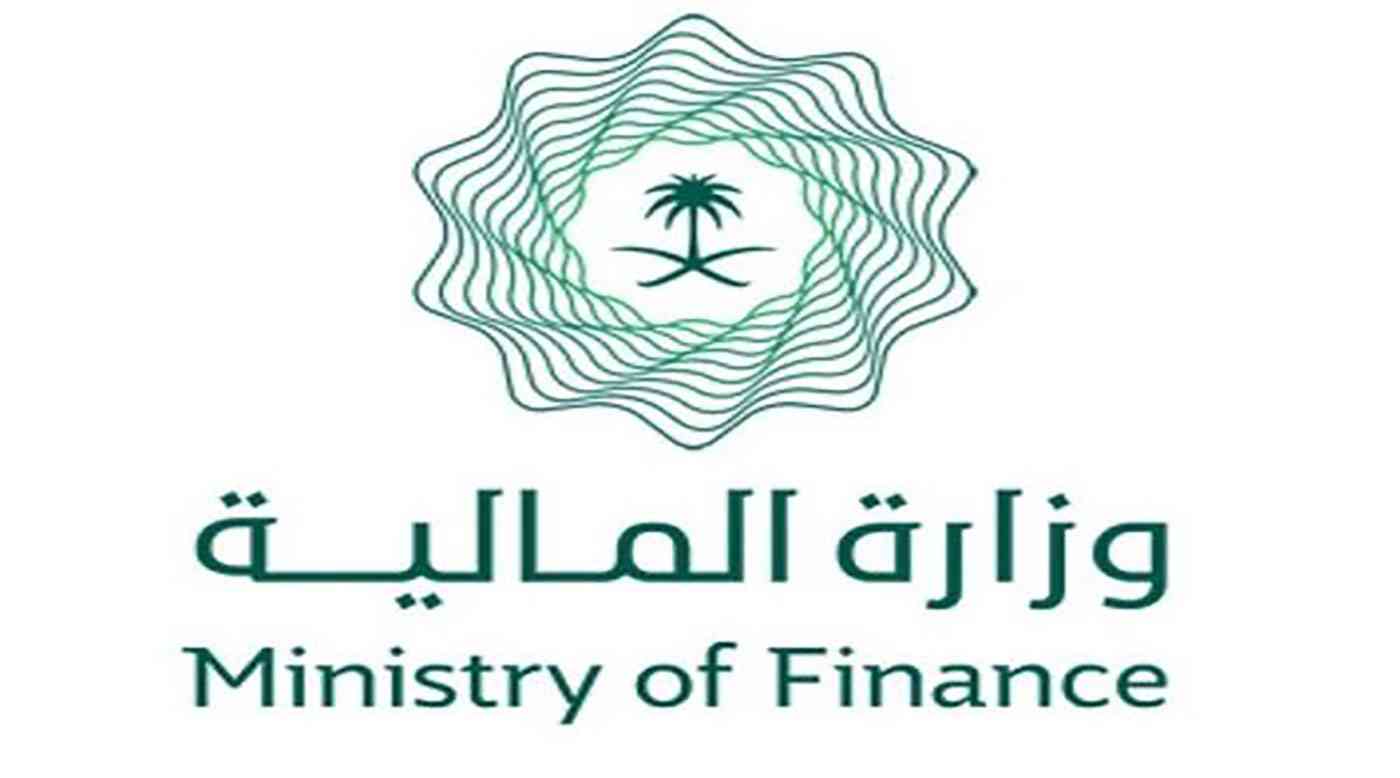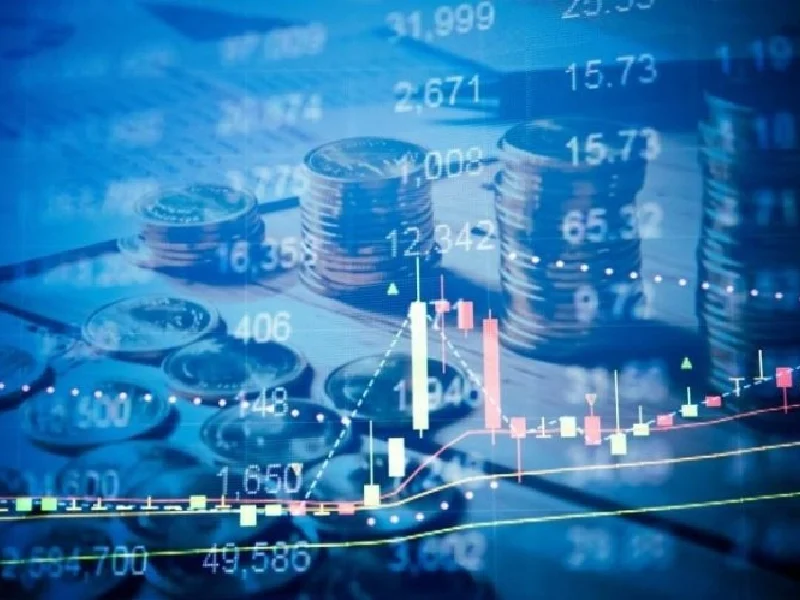Publisher: Maaal International Media Company
License: 465734
IMF to Maaal: The impact of US tariffs on the Saudi economy is very limited
By: Fahad Al-Talal
The International Monetary Fund confirmed to Maaal newspaper that the impact of US tariffs on the Saudi economy is very limited, given that 78% of Saudi exports to the United States are oil exports, which are not subject to the new tariffs. Amin Mati, the IMF mission chief to Saudi Arabia, said: “If we look at the US tariffs, their direct impact is actually very limited. Petroleum products represent about 78% of Saudi Arabia’s exports to the United States and are exempt from tariffs. Non-oil exports, on the other hand, represent only 3.4% of total exports, which is a small percentage.”
In response to a question from Maaal about the IMF’s view of the safe ratio of public debt to Saudi GDP, especially since the current rate is 26.2%, the Fund confirmed that it does not have a specific figure, but the 26.2% ratio is considered sufficient. Regarding the state of the banking system, the Fund indicated that it remains strong, supported by high profitability and adequate capital, while non-performing loans have fallen to their lowest levels since 2016. With the growing demand for financing, banks have resorted to unconventional financing sources, which has led to net foreign assets turning negative for the first time since 1993.
اقرأ المزيد
The Fund emphasized that continued energy price reforms are essential to enhance fiscal sustainability. Noting that the cost of fuel subsidies is estimated at 3.5% of GDP, these resources could be allocated to finance the budget or basic spending. The Fund also called for ensuring that the most vulnerable groups are compensated through existing social safety nets.
In another context, the Fund praised the role of the Public Investment Fund as an investment engine in the Kingdom, especially with its commitment to invest $40 billion annually, stressing that these investments will continue even amid oil price fluctuations, strengthening its role as a catalyst for economic growth. It noted that the Public Investment Fund is one of the few sovereign funds that releases audited financial statements. It is important to consolidate this information to understand the impact of overall spending on the economy, whether by the central government or through the sovereign fund.
Regarding the performance of the Saudi economy in 2024, the report indicated that non-oil GDP grew by 4.5%, supported by the retail, hospitality, and construction sectors, while oil output declined by 4.4% due to the OPEC+ production cut, resulting in overall growth of 1.8%. The Fund indicated that inflation rates remain under control, while unemployment has declined, but the current account has shifted to A deficit of 0.5% is expected due to the decline in oil revenues.
Despite the increase in the fiscal deficit in 2024 compared to 2023 due to spending overruns, government deposits have improved, and the public debt ratio has decreased to 26.2% of GDP, based on updated data.
The Fund expects GDP growth to reach 3.6% in 2025 and 3.9% in 2026, with inflation stabilizing around 3% over the medium term, supported by major projects, Vision 2030, and the organization of international events. It indicated that the current account will be financed through external inflows, with lower withdrawals from deposits and a slower accumulation of foreign assets.
Financially, the Fund recommended a neutral policy toward the economic cycle, noting that the projected deficit in 2025, despite exceeding budget estimates, remains acceptable. It also stressed the need for gradual fiscal consolidation, strengthening non-oil revenues, and rationalizing spending for the benefit of future generations.
On the banking front, the Fund affirmed the resilience of the sector despite global challenges, noting that banks have succeeded in absorbing shocks related to oil prices and tighter fiscal policy. Monetary. Stress tests conducted by the Central Bank showed that the banking system is resilient, with Tier 1 capital at 19% and general capital adequacy at 10%.
The Fund concluded that structural reform in Saudi Arabia continues on a positive trajectory, particularly with the enactment of new laws such as the Civil Code-based Investment Law, which enhances contractual certainty, ensures equality between local and foreign investors, and promotes transparency in the business environment.
Even with the decline in oil prices, Saudi banks have remained strong. Although prices have declined, they remained above $60 in 2025, and stress tests have shown that banks have remained resilient even with this decline.
Despite global shocks, including those related to oil prices and global monetary tightening, banks have been able to absorb these shocks and remain strong.
It is true that net foreign assets turned negative for the first time since 1993, but this is expected in a deposit-based system. Therefore, banking supervision must be vigilant, and there are several hedging tools that can be used to ensure the continued resilience of banks.
It is necessary Banks are pursuing multiple strategies to ensure adequate capital and liquidity, with a particular focus on short-term debt, as this type of debt can exacerbate vulnerabilities if not managed properly.
As we see the increase in short-term financing, it is also necessary to consider the financing horizon and the expected life of the debt. In the long term, we must consider the “baseline,” which is based on assumptions about future oil prices.
This is currently acceptable. We believe that a ratio of up to 40% remains within a relatively prudent range, but it is necessary to consider the risks and financing structure to understand the situation more precisely. For this reason, we continue to emphasize the importance of prudent and cautious debt management, which the Saudi authorities are currently seeking to implement.








